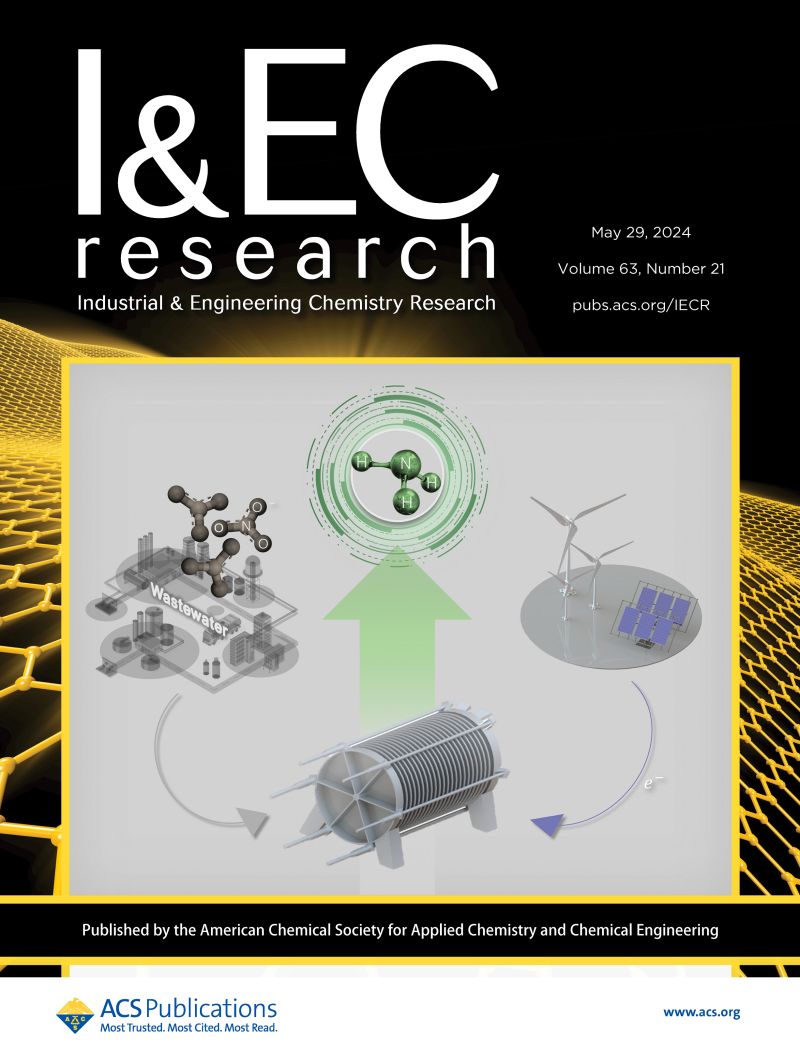Thermally Switchable Chitosan-Polycarbamate Cross-linked Epoxy Resin Composites with Enhanced Mechanical Strength and UV-A Shielding
IF 3.8
3区 工程技术
Q2 ENGINEERING, CHEMICAL
引用次数: 0
Abstract
The growing demand for sustainable and high-performance materials has driven the need for eco-friendly alternatives in the coatings and polymer industries. This study introduces a novel approach to enhancing epoxy coatings using chitosan-based polycarbamate derivatives synthesized via a nonisocyanate route, offering a safer and more sustainable pathway for generating isocyanates. The successful formation of isocyanate from chitosan-based polycarbamate was confirmed by using experimental techniques such as CO2 evolution, TGA, and DSC, along with theoretical validation via Dmol3 transition state analysis. The generated isocyanate improved the mechanical, chemical, and thermal properties of epoxy coatings made from diglycidyl ether bisphenol A (DGEBA) and triethylenetetramine (TETA). Cure time analysis showed that incorporating chitosan-blocked isocyanate significantly increased cross-linking density, resulting in more than twice the tensile strength of modified epoxy films (51 MPa) compared to unmodified ones (24 MPa). Additionally, the modified coatings exhibited better flexibility, stiffness, chemical resistance, UV stability, and lower surface wettability. The chitosan-based polycarbamate system presents a scalable, cost-effective solution for industries seeking greener alternatives in protective coatings, adhesives, and advanced polymer applications. These findings pave the way for the industrial adoption of biobased, high-performance materials, promoting environmental sustainability without compromising functionality.

求助全文
约1分钟内获得全文
求助全文
来源期刊

Industrial & Engineering Chemistry Research
工程技术-工程:化工
CiteScore
7.40
自引率
7.10%
发文量
1467
审稿时长
2.8 months
期刊介绍:
ndustrial & Engineering Chemistry, with variations in title and format, has been published since 1909 by the American Chemical Society. Industrial & Engineering Chemistry Research is a weekly publication that reports industrial and academic research in the broad fields of applied chemistry and chemical engineering with special focus on fundamentals, processes, and products.
 求助内容:
求助内容: 应助结果提醒方式:
应助结果提醒方式:


